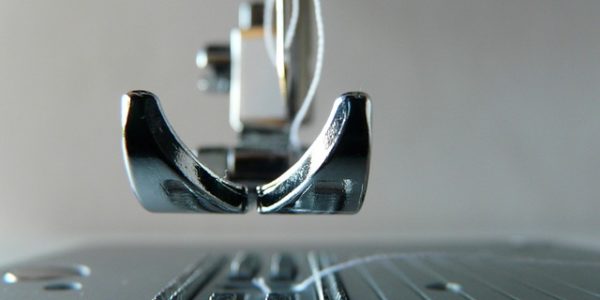Clothing is a basic need, but our relationship with clothing goes beyond mere necessity. Sure, we wear clothing for warmth, protection, and decency, but clothes are also fashion, self-expression, even a status symbol. Maybe there’s an ironic t-shirt that perfectly captures your philosophical ideology, or maybe you wear $1,000 shirts so everyone knows that you can afford it. Maybe you couldn’t care less about clothing, and the only reason you bought that sweater is because you get cold easily. Either way, there’s a huge market for clothing. The global apparel market was valued at $1.11 trillion. Needless to say clothing and apparel is a huge market, and one that has relied almost entirely on human laborers. A new robot may have unlocked the potential for automation in the garment industry, however.
Why humans still make clothing
While automation has taken over in many areas of manufacturing, human workers are still the go-to for clothing and apparel. There are certainly parts of the process that are automated, but the actually sewing and stitching are usually done by humans. This is mostly because of the nature of cloth. Fabrics, even tough fabrics such as duck or denim, are usually soft, flexible materials. Textiles are unpredictable and do not behave in the same way that iron and steel behave.
An industrial robot can pick up an iron bar from the starting position, take it to another position, and it will remain unchanged from point A to point B. Cloth and fabric, however, fold and flop and cascade and do a variety of other wild things that can confuse a machine. Machines need things to be regular and consistent. They don’t handle change well, especially when it comes to mass production. The risk for error is too high because textiles are too flexible.
Some industrial machines can do parts of the process, but no machine has been able to make an entire garment, start to finish, without the aid of a human. There have been advancements in machinery, but flimsy fabric remains a hurdle for automation. This is why people still do the sewing, because unlike robots, we’re not fazed by a fold in some fabric.
Enter Sewbo
Seattle start-up Sewbo is working on a way to automate apparel manufacturing. Sewbo found a way to sidestep the flexible fabric issue. It’s not some radical new robot, but a brilliantly simple idea to temporarily stiffen fabrics with water-soluble thermoplastics. This made it possible for robots to handle the garment as though it were a rigid material. This resulted in the “world’s first robotically-sewn t-shirt”.
Robot Sewing Demonstration from Sewbo, Inc. from Jon Zornow on Vimeo.
How will this affect manufacturing?
The shirt is very ugly. Nobody would say that it’s aesthetically pleasing, although you could find abstract beauty in the fact that it was made entirely by machine. Also, the process takes far too long to be a viable human replacement.
However, it is an exciting first step. This the first garment made entirely by automated machinery. Maybe this ingenuity could shape garment manufacturing, or inspire other ideas that could.
